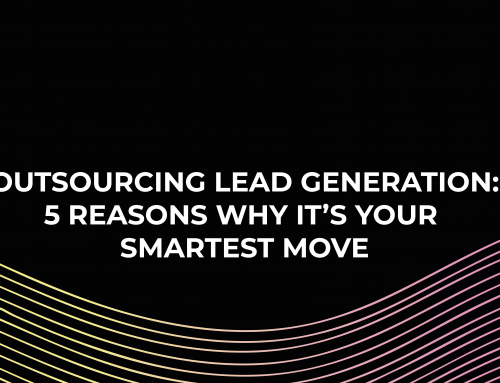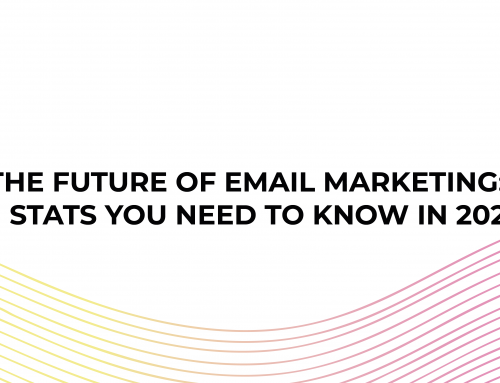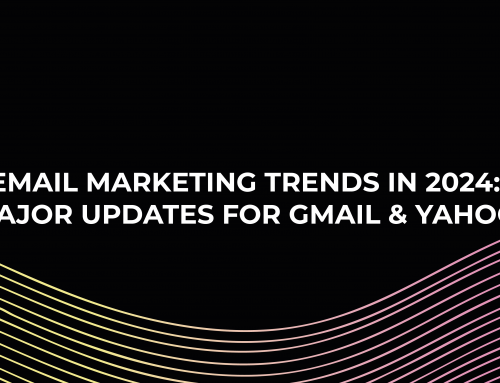Plain Text VS HTML Emails in 2023
The email format that you use has a dramatic impact on the deliverability, open rate conversion rate and overall success of your email campaign.
This age-old debate is nothing new and has been going on for decades, but with ever changing trends and technology it is worth revisiting regularly in order to keep up with the times. Today we are going to explore the pros and cons of each strategy and the key differences between the two so that you can make an informed decision on which one will suit you best in 2023.
What is a HTML Email
Hypertext Markup Language (HTML) is a coding language that is commonly found on websites. In terms of email marketing it refers to an email with pictures, colours, graphics etc. HTML emails are aesthetically pleasing emails that aim to capture the attention of the reader with slick visuals and interactive media.
What is a Plain Text Email
A plain text email is exactly what is says on the tin, an email that contains no fancy colours, pictures or graphics, just plain text that gets straight to the point. While they may not be as eye-catching or visually appealing, they serve a specific purpose and are a lot less likely to be flagged as spam compared to a complex HTML email.
4 Key Differences Between HTML and Plain Text
-
Analytics
HTML emails have excellent tracking and reporting capabilities. The email softwares in which you can design and send HTML emails offer marketers an abundance of statistics on open rates, click through rates, conversions etc. not only does it provide all this data but it also allows you to create customised charts and tables to visually display the data in a way which is best for you. By utilising this data effectively you are able to develop a more efficient email marketing strategy that drives revenue faster.
Plain text emails however, lack this key feature and don’t offer any form of tracking/ reporting which can be a major drawback. Without tracking there is no way to track the success of your campaigns potentially wasting lots of time and energy.
-
Accessibility
One thing plain text emails excel at is accessibility. In this instance accessibility refers to how accessible your emails are on different platforms and different pieces of technology. HTML emails often appear differently on different sized screens, platforms, web browsers etc meaning that you have to optimise your emails for separate devices and even then they can still be missing features or have segments in the wrong place.
Plain text emails due to their nature are easily readable on any device and on any size screen making it way more accessible than HTML emails.
-
Design
Designing and creating a plain text email requires a lot less time and effort than a HTML email, but HTML emails take the cake when it comes to design.
HTML emails allow you to be creative with your content and now with 1000s of templates available online it is easier than ever to create a good looking HTML email that drives conversions without the need for any coding or real design skills needed.
-
Readability
Plain text emails are better when it comes to readability, they get quickly to the point and contain less fluff than HTML emails.
Where HTML emails are often just slick marketing with the use of fancy graphics and images, plain text emails cut through the clutter and offer a simpler easy to consume piece of content. In 2023 90% of business emails are going to be in HTML so sending a plain text email can make your business stand out from the crowd as it’s something a little different.
Pros + Cons of Plain Text + HTML
Plain Text Pros
- Universal Compatibility: Plain text emails are universally compatible, and they can be opened and read on any device, operating system, or email client without any issues.
- Lightweight: Plain text emails are lightweight and easy to compose, making them ideal for text-heavy content, such as newsletters or announcements.
- Spam-Free: Plain text emails are less likely to be flagged as spam as they do not contain any multimedia elements or scripts that can trigger spam filters.
Plain Text Cons
- Lack of Design Elements: The primary limitation of plain text emails is the lack of design elements. The absence of images, hyperlinks, or formatting elements can make the email appear slightly boring
- Limited Branding: As plain text emails do not support images, logos, or any other branding elements, they may not be suitable for businesses or organisations looking to promote their brand identity.
HTML Pros
- Enhanced Design: HTML emails offer a higher degree of design freedom, allowing businesses and organisations to create visually appealing emails that match their brand identity.
- Multimedia Support: HTML emails support multimedia elements, such as images, videos, and hyperlinks, making the emails more engaging and interactive.
- Better Tracking: HTML emails support tracking features, such as open rates, click-through rates, and bounce rates, providing businesses and organisations with valuable insights into their email marketing campaigns.
HTML Cons
- Compatibility Issues: HTML emails may not be compatible with all email clients or devices. Some email clients may not support certain HTML elements or may display the email differently than intended.
- Spam Filters: HTML emails are more likely to trigger spam filters due to the presence of multimedia elements and scripts.
- Complex: HTML emails are more complex to compose, requiring knowledge of HTML and CSS code, making them more time-consuming and expensive to create.
Wrap up
Plain text and HTML emails are both effective when utilised correctly. Plain text emails are perfect for when marketers want straightforward and simple email communication that gets straight to the point. HTML emails are useful for brands who want to create and provide visually appealing content and incorporate their logo, brand colours and company branding. The choice between which one is more effective depends on your brand and industry and what works best for you. So, if you’ve hit a wall with your recent email marketing then maybe it’s time to try the other strategy.




